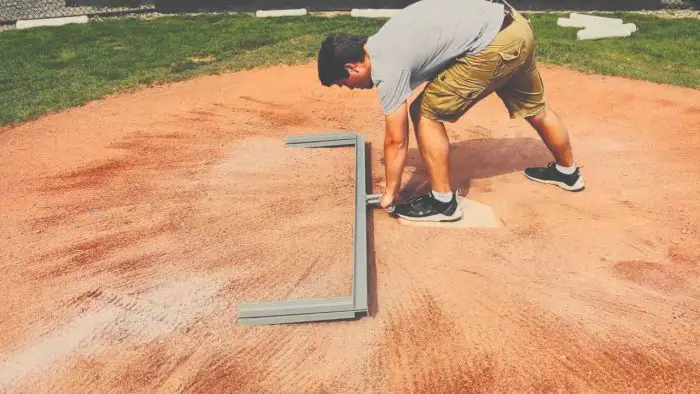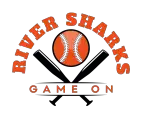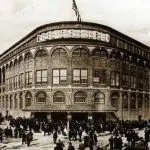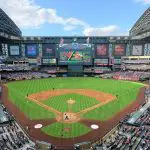You need to chalk a baseball field to freshen up the lines ready for a game. This is the same for a back-yard game of baseball as it is for a Major League Baseball game.
Why is chalking the field so important?
It is important to chalk a baseball field because it makes a game a lot fairer to play. An umpire will be able to see the lines more clearly if they are freshly chalked. Players will also be able to see the field more clearly.
Essentially, chalking a baseball field just means that the game will be played more fairly.
How can you do it?
There are a few ways that you can chalk a baseball field. This article will detail the main three ways that are used in home and professional baseball fields alike. The method that you choose will depend on the area of the field as well as the tools that you have on hand.
This could also depend on the league that the baseball field is for, since a Major League Baseball field will have more access to tools needed to chalk a field. Here are the different tools:

A line chalker
This is a small device that consists of a metal hollowed out square tube on wheels. This may sound strange but imagine the chalk being fed into the top of the tube and then coming out of the bottom as the device is wheeled along the field.
You can even set your preferred width of lines with these chalkers. The typical measurements are either 2” or 4” wide.
A handheld chalker
This is similar to the line chalker in that you add chalk to the top of the device. But the handheld chalker is more like a bucket with a long handle.
You need to shake the handheld chalker as you move it along the area that you desire to be a line on the baseball field. This is a less expensive option compared to a line chalker, so a lot of smaller league fields may own one of these.
A box chalker
This one is quite different to the other two. It is a U-shaped tool that gives you the freedom to create a perfectly square chalk area. If you fill the box chalker with chalk you can stamp the ground, you can create a square with only two stamps using the U-shaped tool.
This is useful mainly for chalking the home plate of a baseball field, making this tool a little less universal than the other two chalkers.
How do you apply the chalk?
Firstly, you may want to remove any old chalk by distressing it with a sharp object like a shovel. The old chalk will then blend into the surrounding clay so that you can apply your fresh chalk.
You can connect a piece of string from the home plate to the first base and mark this with a stake. Then connect another string from the rear area of home plate to the back of the third base in the same way. Both of these will measure 90’.
Then, using your chosen chalker tool, you can apply the chalk following the inside of the string you have just secured down with stakes.
That’s a lot of chalk, where do I get it?
You can buy field chalk from most sports shops. The most you will need for a large baseball field should be no more than around 25 pounds. This will of course depend on the thickness of your lines. To make sure that this chalk stays fresh, you should keep it cool and away from damp.
Any don'ts when it comes to applying chalk?
Always try to chalk a baseball field when it is dry. If you chalk when it is wet, the lines won’t be as crisp, and they will appear muddy and unclear since it will clump together. You also should not apply chalk too soon before a game is about to start. This is because the chalk lines will be disrupted during warmups.
Can I keep them looking fresh?
Yes, you shouldn’t need to chalk a field for every game. A way to maintain the fresh look of your new chalk lines is to rake the base paths alongside the chalk lines. This serves to smooth out uneven areas when some of the chalk may have bled into the ground. You should also consider laying some sort of cover over the baseball field when it is not in use.
This will maintain the chalk lines as well as the field in general, keeping it ready for a game at any point. If you notice the chalk lines looking a little worse for wear, you can always touch them up without the need to measure with string, since the lines will still be slightly visible.






